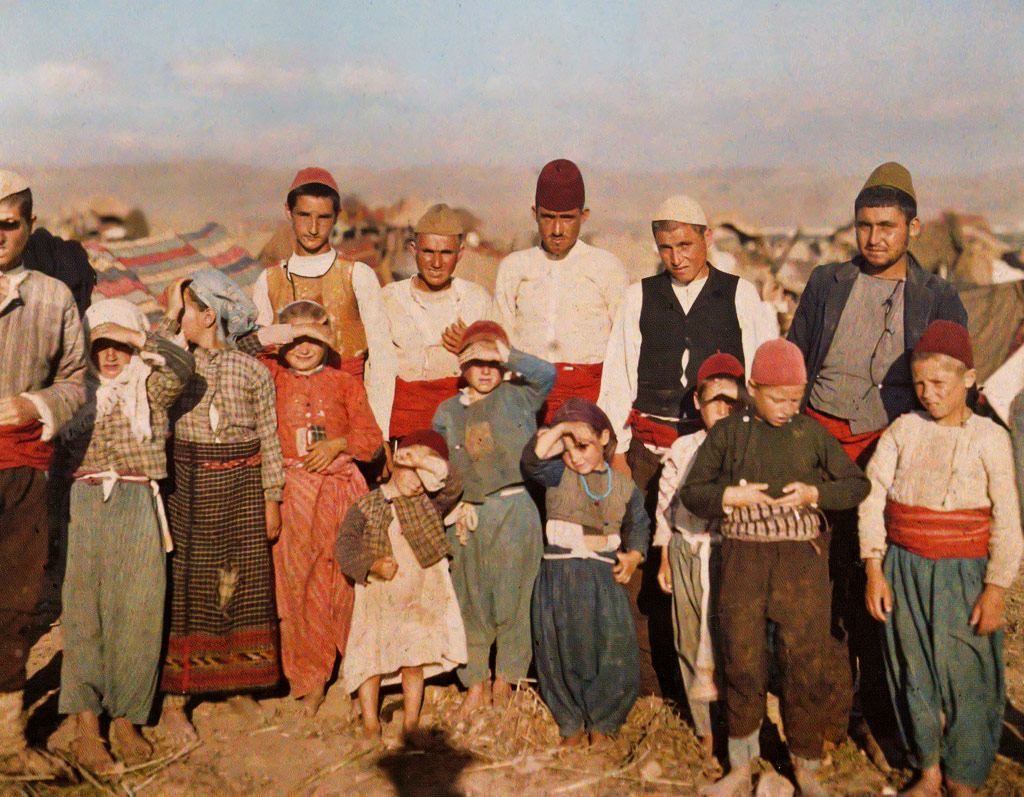History Ottoman Society The annals of history unfold with captivating tales of civilizations that shaped the course of humanity. Among these, the Ottoman Society emerges as a mosaic of cultural, social, and political intricacies that span centuries. Embark on a journey through time as we traverse the corridors of this enigmatic society, uncovering its rise, dynamics, and indelible imprints.
The Dawn of the Ottoman Empire
In the heart of Anatolia, a flame ignited in the 13th century that would blaze into the formidable Ottoman Empire. Led by Osman I, this fledgling state marked its conquests with a blend of military prowess and strategic diplomacy. From the 14th to the 17th century, the empire flourished under the leadership of sultans who orchestrated territorial expansions, cultural exuberance, and architectural opulence.
The Kaleidoscope of Socio-Economic Hierarchies
Within the confines of the Ottoman Society, a multi-faceted tapestry of socio-economic hierarchies interwove its threads. The society was stratified into classes, with the Sultan at the zenith, embodying both political and religious authority. Beneath this apex, the Beylik, or nobility, held positions of power, while the Ulema wielded influence in religious and legal matters.
Meanwhile, artisans, traders, and farmers comprised the backbone of the society. The Janissaries, an elite corps of infantry, occupied a unique space as both military force and social entity, with privileges that set them apart.
Ebru: The Art of Social Etiquette
The ambiance of the Ottoman Society resonated with the art of social etiquette, encapsulated in the concept of ebru. Rooted in refined manners, the society valued hospitality, eloquence, and modesty. Ebru entailed not just adherence to norms but the delicate dance of maintaining harmony between individuals and society.
Language, too, reflected this ethos. The Ottoman Turkish, with its fusion of Arabic, Persian, and Turkish, symbolized the diverse cultural influences that shaped the society’s linguistic fabric.
Urban Canvases: Cities of the Ottoman
The landscape of the Ottoman Society bore witness to the rise of grand cities that stood as testaments to its architectural brilliance. From the majestic minarets of Istanbul to the scholarly allure of Bursa, each city was a canvas painted with the strokes of Ottoman aesthetics.
Marketplaces, or Bazaars, pulsated as economic hubs where trade transcended commodities to weave connections between cultures. The magnificence of Ottoman architecture, exemplified by the Hagia Sophia, offered glimpses into the society’s devotion and grandeur.
In the Name of the Faith: Religion and the Ottoman Identity
Religion, a powerful pillar, shaped the identity of the Ottoman Society. The empire’s embrace of Islam intertwined faith with governance. The Sultan bore the dual mantle of both temporal and spiritual leader, exemplifying the symbiotic relationship between the political and the divine.
Yet, this religiosity didn’t eclipse the society’s pluralism. The Millets, autonomous religious communities, coexisted, offering a tapestry of faiths, from Christians to Jews, that lent the society a diverse hue.
The Ottoman Society Through Time’s Lens
As the sands of time continued to shift, the Ottoman Society evolved. The 18th century marked the wane of the empire’s glory, grappling with political upheavals and external pressures. The 19th century bore witness to modernization attempts, as the empire grappled with the winds of change sweeping across the globe.
The 20th century unfurled a new chapter with the fall of the empire, birthing the Republic of Turkey. The echoes of the Ottoman Society lingered in the cultural and architectural heritage that became threads woven into the fabric of the modern nation.
Legacy and Reflections
The Ottoman Society remains a labyrinth of history, offering insights into the interplay of power, culture, and identity. Its legacy reverberates in the palaces and mosques that stand as monuments to its grandeur. And in the cultural nuances that continue to shape modern Turkish society. As we unravel the enigma of the Ottoman Society. We unveil not just a chapter of history but a testament to the intricate interplay of human endeavors. It’s a reminder that societies. Like stories, are woven with threads of complexity, resilience, and the indomitable spirit of the people who comprise them.

